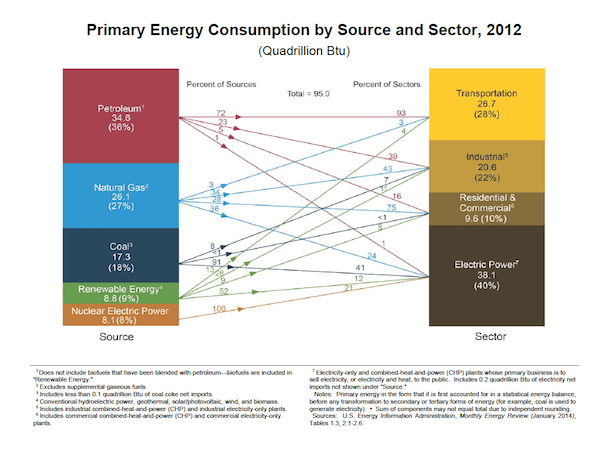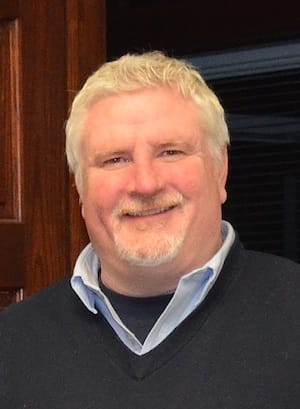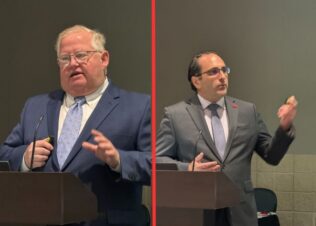This past year could be defined as the year of efficiency standards, as regulations on water heaters, pumps, commercial rooftop air conditioners, and split systems—among others—are paving the way toward the 2030 Challenge, where all new buildings, developments, and major renovations shall be carbon-neutral by 2030.
According to Meg Waltner, National Resources Defense Council, new standards would require new commercial rooftop units (RTU) to be approximately 10% more efficient starting on January 1, 2018. The standards in this first stage are equivalent to the levels published in ASHRAE 90.1-2013. RTUs manufactured beginning January 1, 2023, would be required to be 25 to 30% more efficient than today’s models, depending on the size of the unit.
Moreover, updated standards for commercial furnaces that would require thermal efficiencies of at least 81% for gas furnaces and 82% for oil furnaces by January 1, 2023. The standards will save almost 15 quadrillion BTU (quads) of energy from more efficient equipment shipped over the next 30 years. “That’s almost as much energy as is in all the coal burned in the United States to generate electricity in a year,” states Waltner.
 According to Rheem, the U.S. Department of Energy (DOE), as part of the National Appliance Energy Conservation Act (NAECA), issued Final Rule energy efficiency mandates in April 2010. While these mandates only apply to products manufactured for sale in the U.S., Canada will soon implement similar increases in efficiency standards. These far-reaching new requirements will have important impacts on water heating manufacturers, distributors, contractors and homeowners.
According to Rheem, the U.S. Department of Energy (DOE), as part of the National Appliance Energy Conservation Act (NAECA), issued Final Rule energy efficiency mandates in April 2010. While these mandates only apply to products manufactured for sale in the U.S., Canada will soon implement similar increases in efficiency standards. These far-reaching new requirements will have important impacts on water heating manufacturers, distributors, contractors and homeowners.
Water heater manufacturer Bradford White has informed its customers about the DOE’s Final Rule, which will require higher Energy Factor (EF) ratings on virtually all residential gas, electric, oil and tankless gas water heaters, completely altering the water heater landscape. These changes will have an impact on how water heaters are manufactured, distributed and installed, affecting manufacturers, wholesalers, installers and customers alike. These higher Energy Factor (EF) ratings went into effect on April 16, 2015.
And then there’s efficiency standards based upon geography. Rheem’s Chris Peel says that the DOE has mandates different minimum energy efficiency standards for cooling products based upon the region where the product is installed: Southwest, Southeast and North. The most pressing change is the fact that 13-SEER split system air conditioners can only be sold in the North region. In the Southeast and Southwest, the new minimum efficiency level is 14 SEER.
Finally, the DOE formally introduced the first-ever standards for commercial and industrial pumps. The proposed standards, which would cover clean water pumps—ranging from 1 to 200 horsepower in size—generally used in commercial, industrial, agricultural, and municipal applications, are projected to produce up to $1.1 billion in net energy bill savings from pumps sold in the next 30 years. “We can’t argue the fact that improving the energy efficiency of buildings is good for the environment, and improves our nation’s energy sustainability overall,” says Mark Chaffee, vice president of Governmental Affairs & Sustainability, Taco, Inc.
 John Mesenbrink is president and co-owner of Mechanical Hub. He has been covering the trades for more than 17 years and has been covering the plumbing & heating industry for more than 12 years. Follow him on Twitter @JohnMesenbrink and follow Mechanical Hub @Mechanical_hub.
John Mesenbrink is president and co-owner of Mechanical Hub. He has been covering the trades for more than 17 years and has been covering the plumbing & heating industry for more than 12 years. Follow him on Twitter @JohnMesenbrink and follow Mechanical Hub @Mechanical_hub.




Join the conversation: